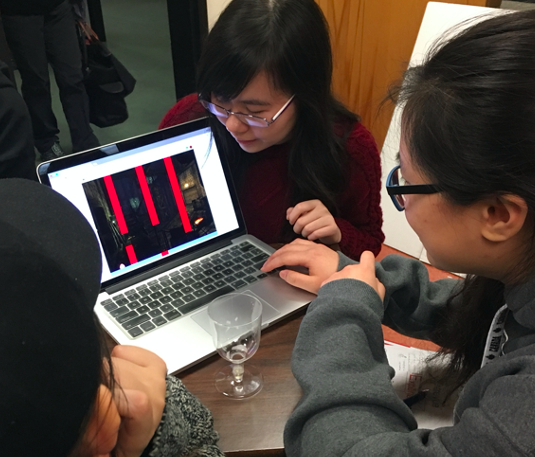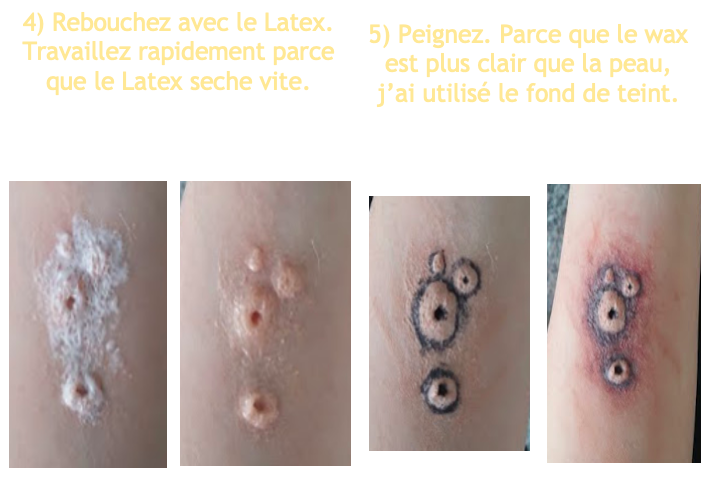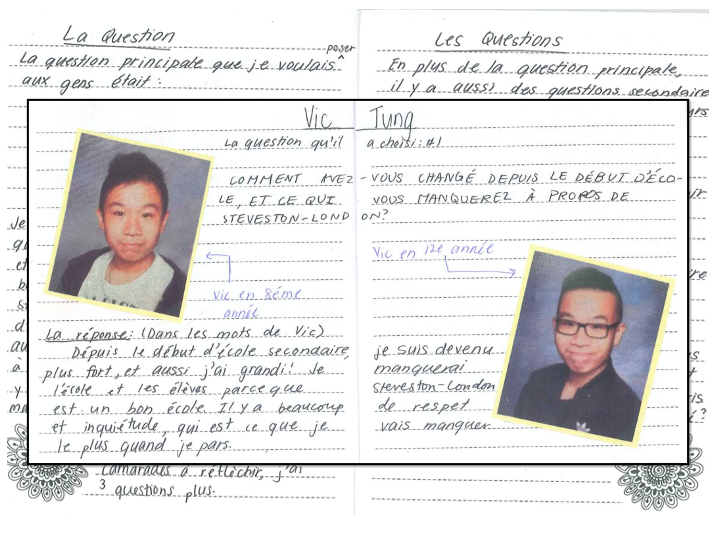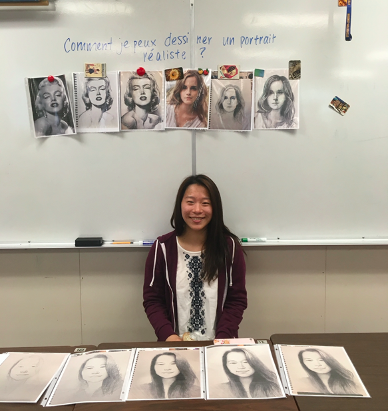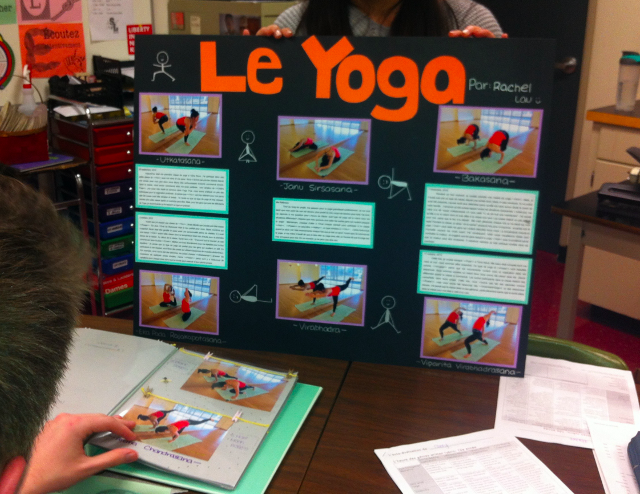Your language-teaching mission, should you choose to accept it, is to engage students in their L2 throughout the year by doing genius hour projects.
This is Part II of my two-part entry on using Genius Hour Projects! Part I can be found here, which explains why I love these projects so much!
Note: I exclusively did these projects with my senior students as a way to showcase their five years of language learning. This was because French 12 was an elective, so students had chosen to be there, students were capable of doing self-directed work, and their language ability was such that this was possible. However, I do think there’s a way to adapt this for lower-level language classes, if you’re willing to try.
Step One: Introduce the project to students
This was done in the first couple of weeks of class. I had a powerpoint where I would start with a turn-and-talk about the idea of ‘genius’ and how it’s all in the eye of the beholder, and include one of the most well-known teacher cartoons of all time:
Tout le monde est un génie. Mais si vous jugez un poisson sur sa capacité à grimper à un arbre, il passera sa vie à croire qu’il est stupide – A. Einstein
We would then watch a video explaining genius hour, and some other YouTube inspirational stuff. Sometimes I would do some creativity exercises (I’ll post some soon). Then, I would explain the project and have students start to brainstorm what they’d like to do. I’d explain to students that this was in lieu of a final exam, and a chance to showcase everything they’d learned in French.
Students would submit an ‘application’ for approval of what their project would be. Once approved, they would write their inquiry question on a piece of paper which we affixed to a bulletin board on one of my walls. Since I had multiple classes, it was cool for them to see what other people were working on! I could also put up any updates or messages about the genius hour projects on that board.
RESOURCE: Project hand-out/application: Genius Hour Proposal
Step Two: Work on it throughout the semester/year
This was the hard part, as I always felt like I had too much curriculum to cover, and not enough time. However, the more time I gave for students to work on the project in class, the better their projects would be. Moreover, the more time I had to check-in with students and see how they were doing, guide their project, and do small, informal conferences, the easier it was for me to mark the projects! Giving students a heads-up was invaluable, as many of them had a lot of material they wanted to bring in to work with (I loved seeing students, for example, pull out a block of wood and start carving!)
There was a lot of ways to incorporate current lessons, such as starting the class with a chance for students to chat about their project’s progression using, for example, four adjectives or in the past tense. Mostly, though, I just enjoyed seeing them do their thing!
Some students used blogs, which was a great way to keep an eye on what they were doing if I didn’t have time to check-in during class
This was also FANTASTIC if I knew I was going to be away for a meeting. I’d tell students that they’d be working on their genius hour projects on X day, and then my substitute plan was just an explanation of the project and directions to supervise so I didn’t need to worry if my replacement spoke French or not.
I would also do goal-setting and check-in dates to keep students on track.
RESOURCE: goal-setting form: Genius Hour Goal Setting
RESOURCE: check-in form (mid-way through project): Genius Hour Check-In
Step Three: Presentation time!
At the end of the semester I was lucky in that we ended up doing these HUGE half-day classes (2.5 hours) in the last week so everyone could present. Before that, I would do 3 rounds of 20 minutes in an 80-minute class. So students would be at “stations” (usually 5-6 at a time) and the other students would wander around to check it out and ask questions (see below). Then, they would ‘switch’ and new stations would be set up, so the focus was only on 5-6 students at a time, usually talking to 3-4 students at a time.
RESOURCE: Questions prompts for students to use in a variety of tenses: L’heure de génie questions
A few times I invited other classes to come check out the projects. This was great if I could get grade 11 students since a) it was good advertisement for taking French 12, an elective, which meant I got to keep my job and b) it allowed the students to present to an audience that hadn’t seen the progression of their project. I also invited the administration (as a new teacher, great to showcase cool things you’re doing) who were allowed to ask questions in English or French. My favorite, of course, was when students would bring their pets or bake yummy things to share!
Student presenting to peers; me spying and taking pictures
During this time I would go around eaves-dropping and interacting with students so that I could give them a speaking mark based on their fluidity and vocabulary use. I found that I had enough time to get a good sense of students’ abilities during the time we had, though another option would have been a 1-on-1 scheduled appointment for an oral interview. I run a pretty interactive class to begin with, so I had also heard students speak daily for the entire semester.
Then, I would do a mad scramble for evaluating the written part before submitting my marks. I also had students do self-evaluations. Depending on the students I would have certain criteria (demonstrate certain tenses, use vocabulary from our musique mercredi weekly assignments, etc.) Because I wanted in-depth feedback, students had the option of doing their self evaluation in English or in French.
RESOURCE: Genius hour evaluation: Genius Hour Rubric
RESOURCE: Genius hour self-evaluation: Genius Hour Self-Eval























